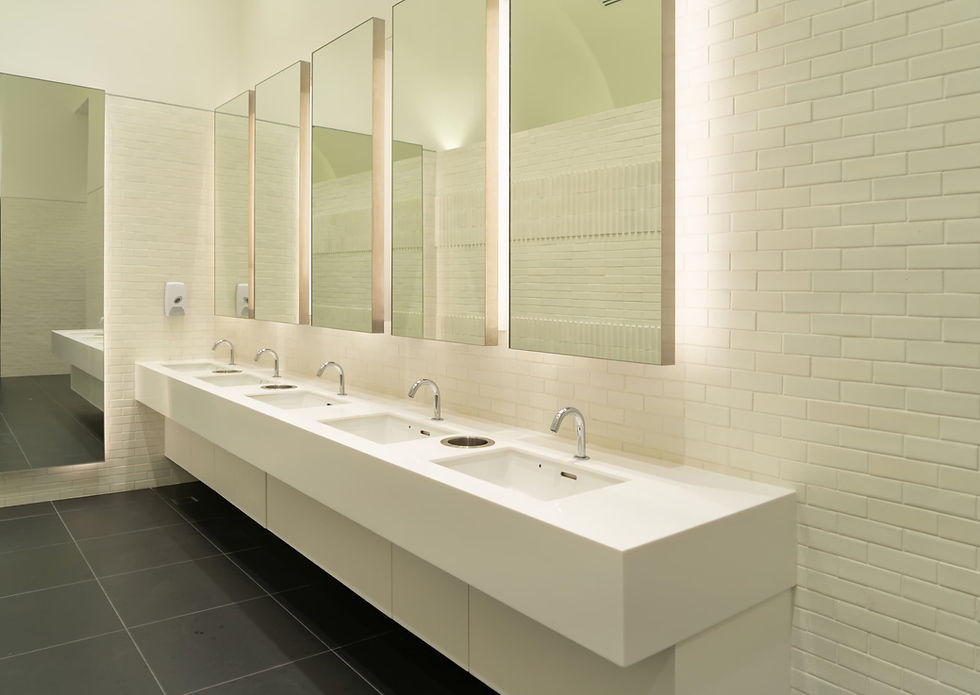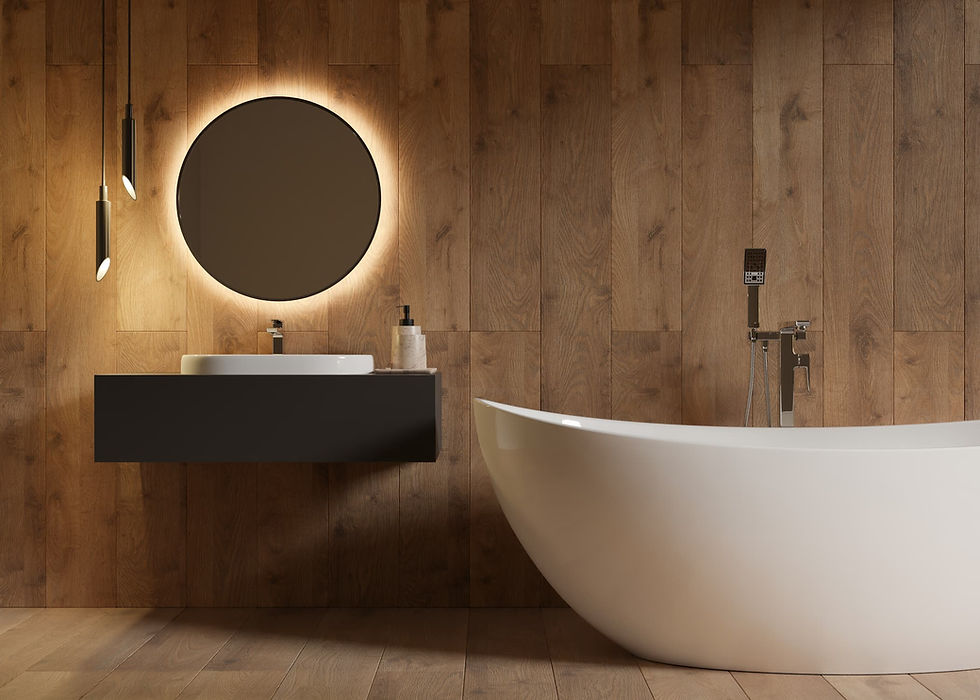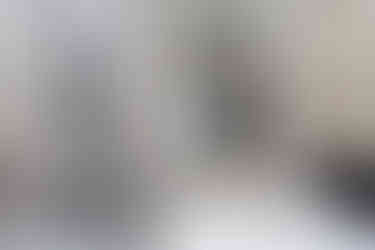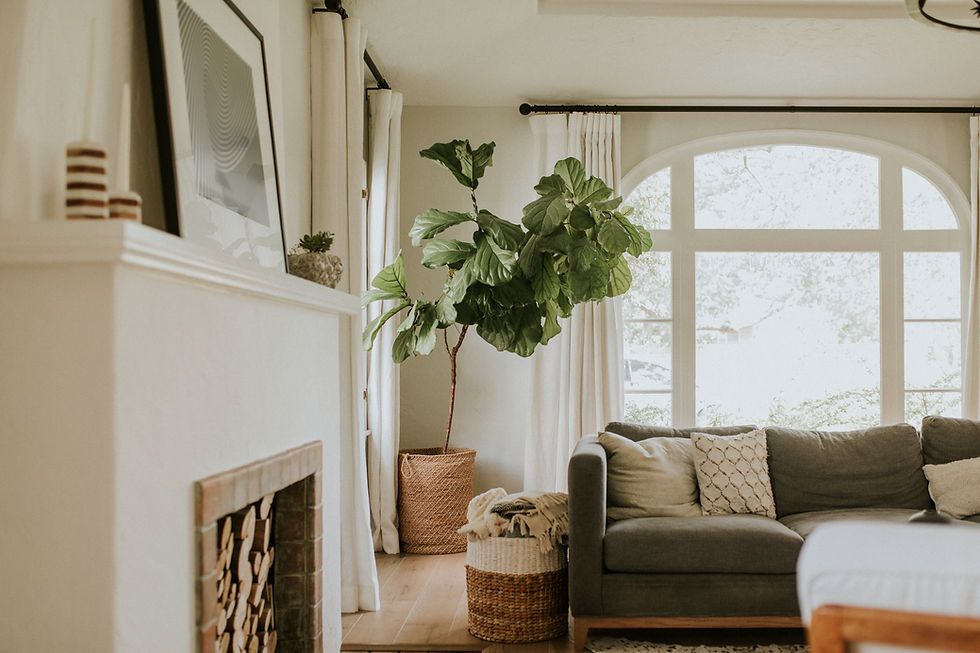Backlit Bathroom Mirror: When It Looks Stunning — and When It Falls Flat
- Ирина Колб

- Oct 17
- 3 min read
Some things look flawless in photos. A backlit bathroom mirror is one of them. It seems to float in the air, the soft glow highlighting the tile, and the entire bathroom begins to feel like a cozy spa or a stylish hotel room.
But in real homes, this effect doesn’t always work.
It’s not about how trendy the mirror is — it’s about the context it’s installed in.
To avoid disappointment after buying one, it’s important to understand: a backlit mirror can either look stunning or fall completely flat. Below are three key factors that determine whether it will actually enhance your space.

When a Backlit Bathroom Mirror Works Beautifully
1. Contrast Between the Light and the Wall
The secret to making a backlit mirror stand out is contrast.
The more the light differs in color or brightness from the wall, the more the mirror becomes a design accent rather than just a functional object.
Warm light on a dark or medium wall creates depth and a soft glow.
But a white wall paired with white light will “eat up” the effect, making the glow barely visible and flat.
2. Breathing Room Around the Mirror
Backlighting needs space to shine. If the mirror is squeezed between cabinets, corners, or the ceiling, the glow loses its shape.
When there’s at least 6–8 inches of clearance on the sides and top, the light spreads evenly, the outline is clear, and the mirror looks truly weightless.
3. Light Texture Behind the Mirror
Backlighting works well on both smooth and lightly textured surfaces.If the tile has a subtle texture, the light gently glides across it, adding depth and visual interest.
But don’t confuse texture with an uneven wall. If the wall is bumpy or uneven, the light won’t highlight its beauty — it will reveal every flaw. The floating effect simply disappears.
When a Backlit Mirror Can Fall Flat
Sometimes, the conditions in a bathroom can work against the lighting — the glow gets lost, broken up, or starts emphasizing flaws.
Here are the most common situations where even a good mirror won’t deliver the expected effect.
1. Tile with Lots of Grout Lines
The more grout lines on the wall, the harder it is for the light to form a clean contour.
If there’s small-format tile behind the mirror, like subway tile, the light will break at every joint, the outline will become uneven, and the floating effect will be lost.

2. Glossy Tile Behind the Mirror
Glossy tile also works against soft lighting. Its surface reflects light in sharp, uneven points instead of diffusing it.
The result is messy highlights, broken lines, and a glow that looks harsh rather than smooth.

3. Overhead Lighting That’s Too Bright
A strong overhead light can completely overpower the backlight, making it barely noticeable.
To keep the floating effect visible, use soft, diffused light or dimmable warm lighting that doesn’t compete with the mirror’s glow.

4. Relying on It as the Main Light Source
A backlit mirror is best used as a decorative or ambient light source, not as primary lighting.
It won’t provide enough illumination for shaving, skincare, or applying makeup.
If you need task lighting, add a front-facing light aimed at the face to eliminate shadows.

Final Thought
The key to a beautiful result isn’t the mirror itself — it’s the environment around it.
Tile, geometry, spacing, and lighting all shape how the glow looks. Even the best mirror won’t impress if the background works against it.
A backlit mirror isn’t a solo star — it’s part of a larger lighting composition. When everything works together, it becomes a true design accent.
And remember: a beautiful interior isn’t just about ideas — it’s about how well they’re executed.If you have lots of renovation plans — lighting, tile, layout — the Tools and Hands team can help turn them into a cohesive, functional, and elegant space.
We’ll guide you through practical solutions, help avoid unnecessary costs, and make sure every detail works in harmony.
Book a free estimate — and let’s plan your renovation step by step, turning your ideas into a space that’s not just beautiful, but thoughtfully designed.












